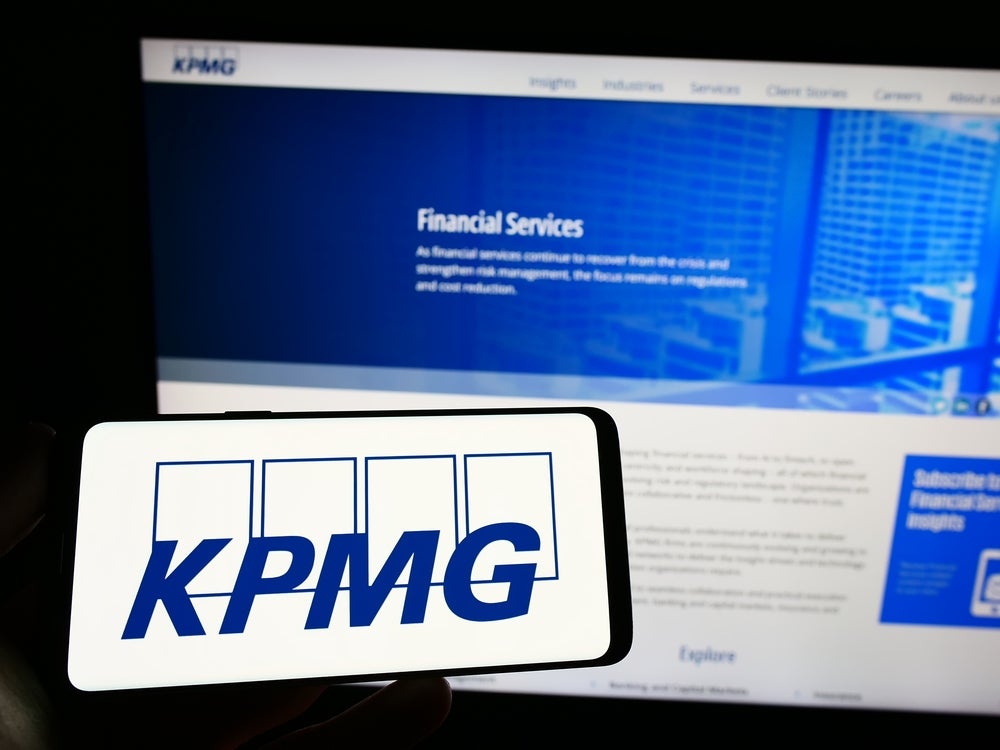Marketing in retail banking is no longer just
about selling. It is about understanding each customer, and then
making informed multi-channel decisions. By tracking customer
behaviour banks are able to offer relevant and timely products
cost-efficiently. These are key conclusions from a new VRL report,
examining how digital marketing is important for retail banks
Retail banks that are thriving in the current economic climate
are using new technologies and channels to enhance the
relationships they have with their customers. By tracking customer
behaviour banks are able to offer relevant and timely products
cost-efficiently, which leads to customer getting a consistent and
superior service across all touch points.
Marketing is no longer just about selling. It
is about connecting everything in the organisation to revenue,
connecting all of your customers to the organisation and sharing
all of your customer insight across all channels. It is about
understanding each customer, and then making informed multi-channel
decisions – not just better campaigns.
As service quality comes to the fore for
consumers, the ability to provide a more personalised banking
experience will provide a major competitive advantage in the battle
for new customers.
The most recent period of global economic
upheaval has forced many businesses, markets and even industries to
rethink the way they connect with their customers and the financial
sector is no exception.
How well do you really know your competitors?
Access the most comprehensive Company Profiles on the market, powered by GlobalData. Save hours of research. Gain competitive edge.

Thank you!
Your download email will arrive shortly
Not ready to buy yet? Download a free sample
We are confident about the unique quality of our Company Profiles. However, we want you to make the most beneficial decision for your business, so we offer a free sample that you can download by submitting the below form
By GlobalDataBanks that have performed well throughout the
crisis are those that have understood the expectations of their
customers and delivered as per those expectations.
While some stability has returned to the
banking sector following a stream of collapses, consolidations and
cuts, a dawdling economy and a strong regulatory backlash have
severely fenced the ability of most banks to address their
diminishing P& L lines.
Instead of focusing on customer acquisition,
banks have had to make sure that their own customers’ eyes haven’t
started wandering by putting the customer back at the centre. Right
at a time where the expectations of the consumer are being
re-shaped by retailers outside of the financial services
industry.
A recent study found that just 34% of British
banking consumers said that they had a strong relationship with
their bank. By comparison, 40% of Spanish, 55% of US and 64% or
German consumers claimed to have strong relationships, illustrating
that British banks are lagging behind.
Banking customers have shown time and time
again that they want the same level of personalisation that local
branches provide, regardless of the channel.
The research also suggested that the more
technologically advanced society becomes as consumers, the lower
the tolerance for poor customer service.
In the past, most CRM tools treated their
customers as transactions – they were basically transaction
measurers. Marketers are now at a stage where the value of each
customer relationship can no longer be measured in dollars and
cents – the consumer’s role has changed dramatically.
Measuring customers in terms of their
‘lifetime value’ becomes complicated when the value of each
customer becomes intangible – profit is not the only organisational
goal. The value of the consumer in the new era of banking is his
profitability plus his ability to foment profit from other
organizations and communities.
This comes from building strong relationships
with customers. The problem with fostering better relationships
with customers is it takes time, effort and investment. However,
for banks to walk the walk in the new era of customer engagement
and investment is obligatory as they aim to provide relevant
services to the consumers.
The primary aim for marketing departments is
to have a 360 degree view of their customers – core systems that
allow each member of staff to look at past engagements with their
customers (phone calls, emails and more).
It is about understanding the uniqueness of
each customer relationship so that they can offer more relevant
marketing messages. It is about being able to recognise the
customer walking through the front whether it’s in person or across
any other channel – customer relationships must become more
personal.
Retail banks that aim to thrive in the current
economic climate are using new technologies and channels to enhance
the relationships they have with their customers.
Sophisticated customer analytics and marketing
automation have the potential to increase the number of better
business decisions made across the entire organisation and they are
the key competitive advantage in the financial institution’s quest
to generate customer loyalty and maximize the profitability of each
customer relationship.
By harnessing the sophisticated customer analytics technologies
that are available to them today, banks are able to paint a
complete and single view of each customer.
Automated business analytics have the
potential to deliver this goal by delivering a premium service and
creating a truly personalised banking experience.
Big data is not a recent phenomenon. For
years, companies have laid claim to impressive data sizes, and in
the financial services sector the challenge of getting to know
customers has grown increasingly difficult as transactions over
digital channels have risen in popularity.
The complications of building accurate and
up-to-date customer profiles has been compounded by the increase in
touch points, data sources and channels that banks now have to
access on a daily basis, but through the correct analytical
treatment of data, banks can start providing personalised services
once again.
Not only will analytics lead to an increase in
the number of better informed business decisions made across the
entire organisation, it is the key competitive advantage in the
financial institution’s quest to improve loyalty and increase the
level of personalization in each customer relationship.
Despite the fact that service quality has been
proven to be a key attrition lever, customers continue to feel let
down by the quality of service they receive from their primary
financial institutions.
In 2011, both Capgemini and Ernst & Young
found that not only were service quality and brand perception low
amongst banking consumers, but that globally almost half of them
(43%) felt as if they got no, or very occasional personal attention
from their main financial institution.
Retail banks find themselves in a period of
reconstruction as many of the revenue streams that had epitomised
the good old days are being engulfed by competitors (particularly
in the payments sphere), who are crafting value from their use of
technology in addition to capitalizing on an overall lack of trust
towards the banking sector in the fallout of the crisis.
Consumer service expectations are also being
redefined by service organisations that operate outside of the
financial services sector.
By remodeling the customer treatment strategy,
banks will be disposed to provide much higher levels of
personalization, and in turn their marketing departments will gain
an entirely fresh outlook at segmented customer communications.
According to surveys conducted across all
markets, over half of consumers indicate that they are willing to
pay a premium for services or products from brands that have
provided them with superior levels of service.
The research revealed, among other things,
that there is a stark correlation between the degree of digital
customer engagement and a bank’s share of wallet. Digitally active
customers were also found to hold the largest number of
products.
At a time where revenue pools are becoming
scarcer and scarcer, the very fact that consumers are willing to
pay a fee for the perceived increase in service is momentous for
banks. Not only are banks able to deepen their levels of customer
engagement by innovating their digital channels, but the door
opens for additional revenue streams and a larger wallet
share for those banks that get it right.
The multi-channel lesson
Social media interactions provide banks with a
platform to reach out to their customers and deal with issues in
real time, which increased both the quality of their service, and
the levels of consumer trust.
With banks now able to track each customer
relationship through social media analytics, social media data can
be integrated into a broader customer intelligence strategy to help
banks gain a customer-centric understanding of their products,
services and brand as a whole.
Social networking sites sit at the
intersection between marketing, PR and CRM. They can be used as a
promotional platform, a sounding board for customer complaints and
as a near-organic way of measuring what’s being said about a
brand.
The user experience of social media – and
across the web as a whole – follows a trend of functionality. Users
only want what is relevant to them personally – so custom content
delivery is becoming the norm (this is something that customers are
growing to expect across all of their channels).
Below the line, social media has the power to
spread brand sentiment across peer groups virally, which can have
both desirable and abhorrent results. When upset customers may take
to the public forum to complaint about the banks and lenders must
act swift and resolutely t handle such situations.
However, what banks and other businesses
should be asking is “how can social networks be used drive
favourable business outcomes?” Of course, this depends entirely on
the type of business in question, as well as the sorts of
behaviours that result as a consequence.
Ownership of smartphones nearly doubled in the
UK between February 2010 and August 2011. In October 2011, 46% of
UK consumers used a mobile device to access internet services,
which was more than in the US (41%), Italy (40%), France (39%) and
Germany (38%).
The user experience of internet usage (as well
as other channels as well) follows a trend of functionality whereby
users only want what’s relevant to them personally – so custom
content delivery is becoming the norm.
To truly deliver multi-channel marketing to
banking customers, world-class analytics must be integrated into
the entire organisational culture, so that banks are properly
leveraging all available data for customer profiling/ segmentation,
predictive modelling and making sure that all marketing campaigns
are being updated in real time to provide coherent and relevant
customer experiences for the consumer.
The long term goal is for banks to be able to
score customers in real time as they engage with the institution
across different channels.
However, there is a powerful relationship
between the relevance of a communication and its impact and if
banks are ever to truly leverage this, they must become masters at
measuring the activity surrounding every one of their channels.
Banks must also bear in mind that some
channels simply are not suitable for marketing messages. The
pitfalls of direct mail are well documented. The level of
regulation now evident in mass email campaigns is also indicative
of a channel that has been flooded with irrelevant and repetitive
marketing offers.
Research has shown that the earned channels
(such as SMS) should be reserved for customer service interactions.
This helps to strengthen the customer relationship and foster trust
towards the brand.
This article is an edited passage from the
VRL report Digital Marketing in Retail Banking. For more
information on this or other VRL reports, call +44(0)20 76554 or
email info@vrlfinancialnews.com






